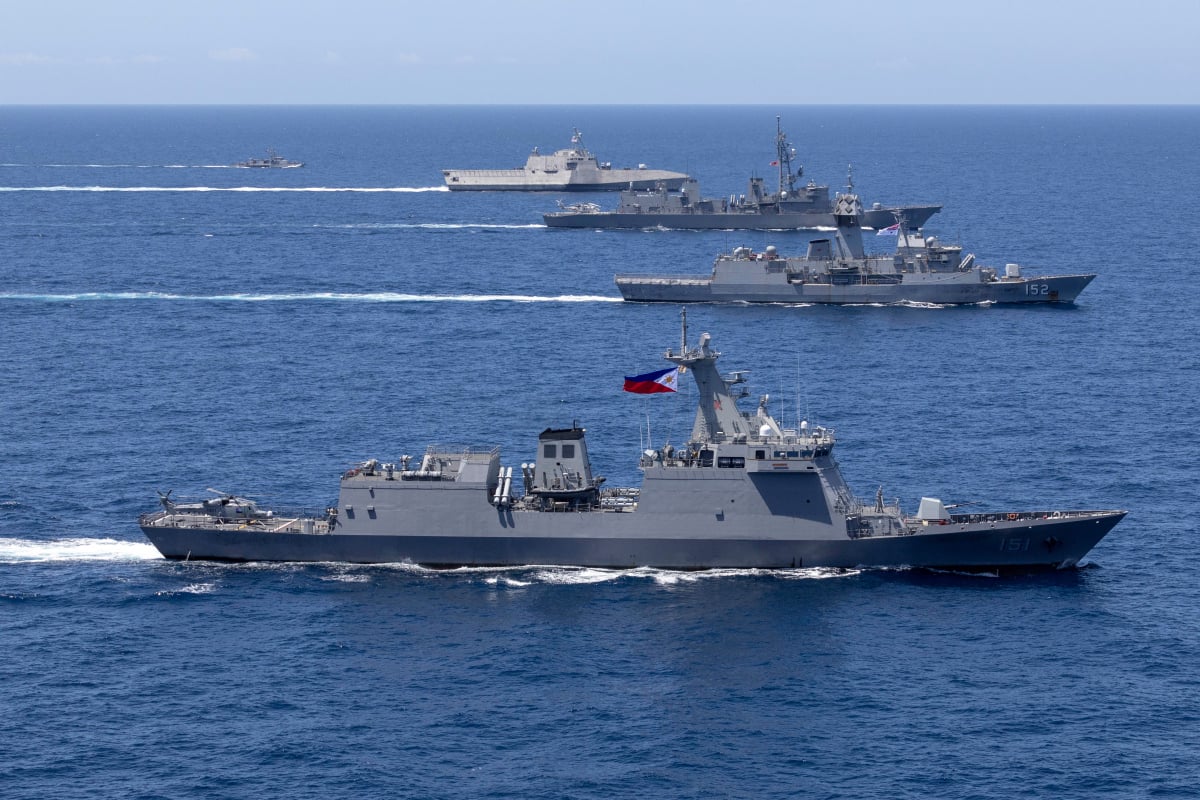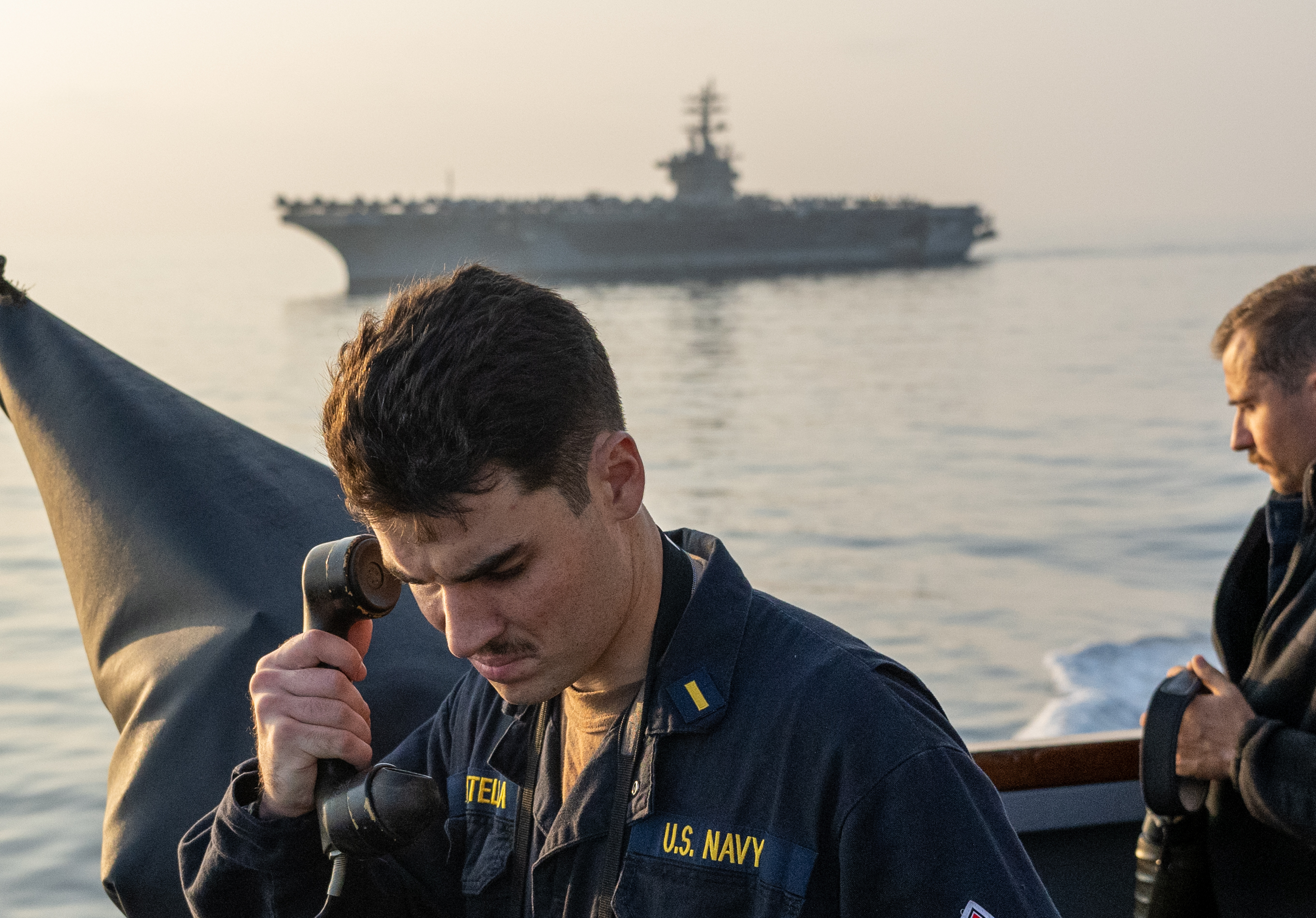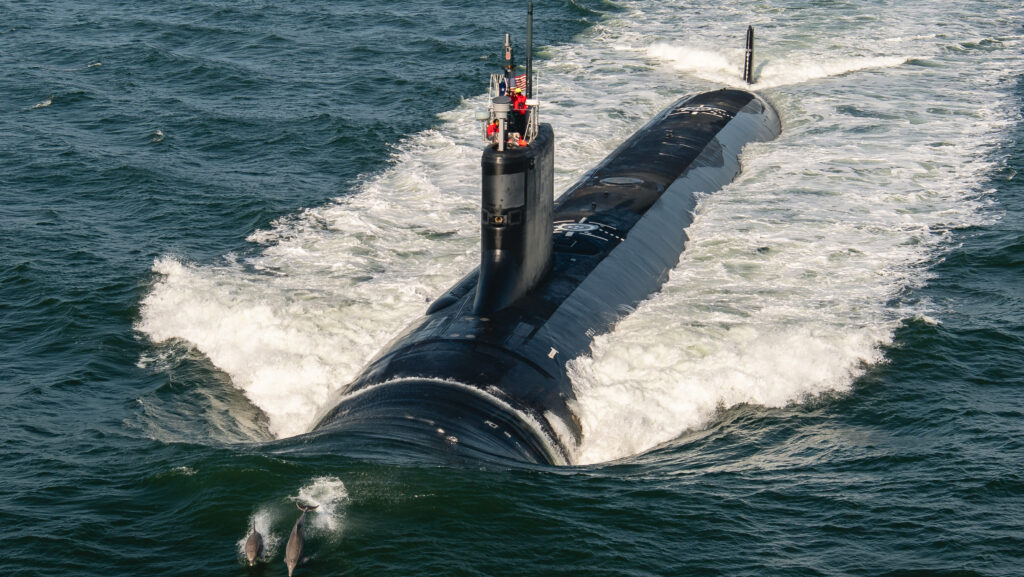
The Marine Corps experienced its highest suicide rate in more than 10 years, while the Navy had its highest in four years, according to the Department of Defense’s Annual Suicide Report, released Thursday.
The Marine Corps, Navy and the military as a whole continue to see an increasing trend line with suicide rates rising since 2011, despite a number of DoD efforts over the years to reduce death by suicide, according to the annual report.
The Marine Corps suicide rate for calendar year 2022, which is the most recent annual data available, was 34.9 deaths per 100,000 Marines. It’s the worse rate for the Marine Corps since 2011, when the rate was 15.4. Despite being one of the smallest branches, the Marine Corps had the worst suicide rate of all branches in 2022 and the second worst in 2020. The service referred all questions about the report’s findings to the Office of the Secretary of Defense.
The Navy had a suicide rate of 20.6 deaths per 100,000 sailors, the worst rate since 2019 when the Navy’s rate was 22.1 deaths per 100,000 sailors.
In 2022, the military overall saw a rate of 25.1 deaths per 100,000 service members, an increase from 2021 when the rate was 24.3, but a decrease from 2020, when the rate was 28.6. The decrease between 2022 and 2021 was not statistically significant, which means it could be due to chance, said Liz Clark, director of the Defense Suicide Prevention Office.
The decrease between 2020 and 2022 is likely attributable to the Army, which saw a decrease from 36.2 deaths per 100,000 soldiers in 2020 to 28.9 in 2022.
When adjusting for age and sex, the military suicide rates are comparable to that of the U.S. population, Clark said.
The report laid out each branch’s respective plan to prevent suicide. For example, the Marine Corps is currently working on an online interactive suicide prevention resource. The service is also working with its safety division to implement an initiative that uses cognitive behavioral therapy and evidence-based activities.
The Navy had 71 suicides in 2022, which include deaths among sailors assigned to USS George Washington (CVN-73) and deaths at Mid-Atlantic Regional Maintenance Center. Investigations into the suicides found that there was no causal link.
However, an investigation into the suicides aboard George Washington found a strained mental health system and issues with the quality of life for sailors living on the ship or in berthing barges during the extended RCOH period, USNI News previously reported.
After the quality of life report was published, the Navy made some adjustments, including starting a pilot program to put WiFi in unaccompanied housing, Adm. Daryl Caudle, commander of Fleet Forces, told reporters in September. Another change is that no one lives on the ship while it is in repair in Norfolk, Caudle told USNI News earlier this month. The sea service also looked at improving the number and quality of berthing barges to better the quality of life for sailors who are assigned to ships undergoing RCOH.
“And the underlying theory there is by improving quality of service, which is the combined effort of quality of life and quality of work, we believe that that reduction in friction in a sailor’s life will be one less thing in their rucksack if you will, is putting pressure on them increasing stress and the things they’re having to deal with day to day … But the premise is if I can lower that stress and lower what’s on sailors by making their quality of life and quality of work more efficient, more effective, more desirable, then the propensity to actually think about completing suicide will not be on the table,” Caudle told USNI News in an Oct. 13 interview.
In March, the Navy also introduced a mental health playbook, which laid out guidelines for how leaders could talk to sailors about mental health, USNI News previously reported.
Naval resources gave out 413,400 gun locks to sailors and families, according to the annual report’s highlights of Navy suicide prevention efforts. The Navy also trained 1,500 suicide prevention coordinators.
In 2022, 2,400 sailors participated in the Sailor Assistance and Intercept for Life (SAIL) program, which aims to help reintegrate a sailor after suicide ideation or attempt.
Department of Defense Efforts
Over the years, the Department of Defense has introduced a number of efforts to reduce suicide, including ones highlighted in the annual report.
These include hiring over 400 members of a specialized prevention workforce that focuses on suicide, as well as other areas like domestic violence. The DoD also put an increased focus on lethal means safety, including encouraging service members to lock up guns. Firearms continue to be the most lethal method of suicide for the services.
However, it’s unclear how effective the DoD’s efforts have been, as the numbers continue to slightly trend up since 2011. Some of the ideas need time to take ahold, Beth Foster, executive director of the Office of Force Resiliency for the under secretary of defense for personnel and readiness, told reporters. There are also a number of different causes for suicides, which makes tackling the issue more complex, she said.
In September, the DoD released its suicide recommendations for how it wants to tackle the issue going forward based on the report from the special committee on suicide formed by the secretary of defense.
A majority of the initiatives laid out in the recommendations are subject to funding. Foster said that the DoD does not know how much funding these efforts will receive until the president produces his next budget.
“What I can assure you is this is a SECDEF priority,” Foster told reporters. “This is a priority for the deputy secretary of defense and all of the services and so we anticipate a robust investment will be made in this space.”
One area that the DoD did not pursue was recommendations on firearms, including wait times between when a person purchased a gun or ammunition, and when they would receive it.
In September, Foster told reporters one of the reasons for not pursuing the recommendation was due to legal barriers. On Thursday, she said that one of the reasons was a lack of data on whether a waiting period would affect suicide rates, noting that it raised the question of a service member going off base to purchase a firearm instead.
As part of the secretary’s recommendations, the DoD is looking at how it can work with other agencies to better collect data to see if guns purchased on bases are used in suicides, Foster said.
Suicide Prevention Resources
National Suicide Prevention Lifeline: 1-800-273-TALK (1-800-273-8255)
Military Crisis Line: 1-800-273-8255The Navy Suicide Prevention Handbook is a guide designed to be a reference for policy requirements, program guidance, and educational tools for commands. The handbook is organized to support fundamental command Suicide Prevention Program efforts in Training, Intervention, Response, and Reporting.
The 1 Small ACT Toolkit helps sailors foster a command climate that supports psychological health. The toolkit includes suggestions for assisting sailors in staying mission ready, recognizing warning signs of increased suicide risk in oneself or others, and taking action to promote safety.





